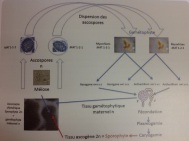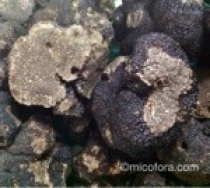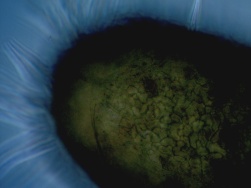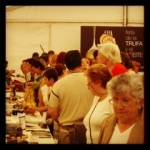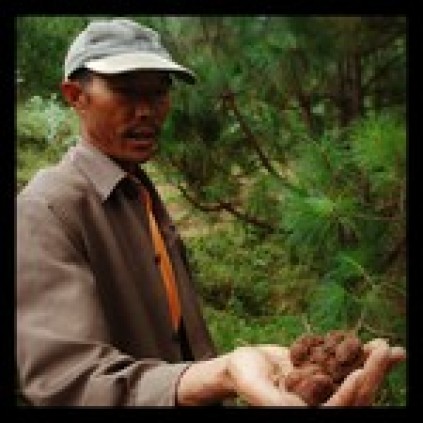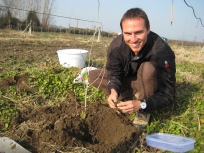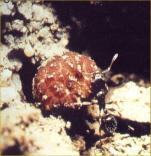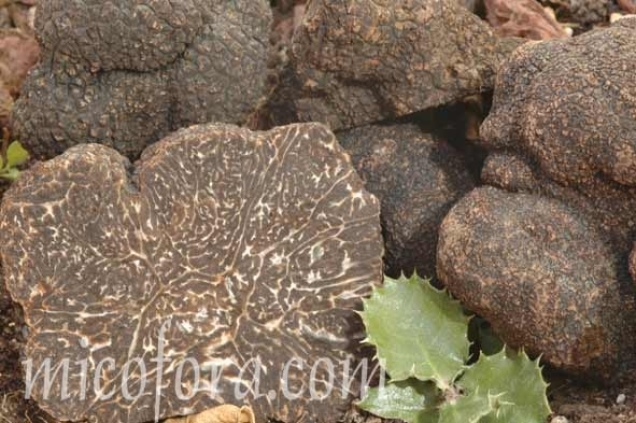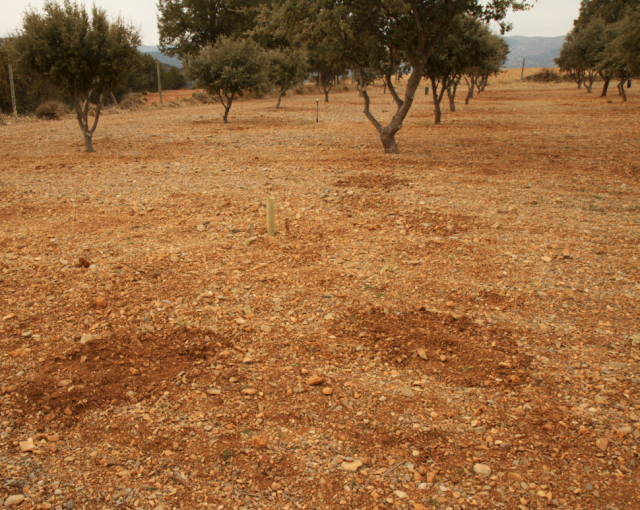
Yesterday I was reading this interesting Scientific American article “Dying Trees Can Send Food to Neighbors of Different Species” and at night I saw Avatar film, both in different ways talk about the mycorrhizal networks or the Wood-Wide Web, and this took me to the picture of this post:
A dead evergreen oak, already removed and even replaced with a new seedling (tree tube) that amazingly keeps on producing black truffles around it 2 years later! See the holes of the spots where truffles have been harvested.
We already know that water and nutrients, like sugars, move from one place to another through this mycorrhizal network, I even posted a few years ago how it may help not just to feed but to communicate between plants. This easily may explain that curious truffle fruitings.
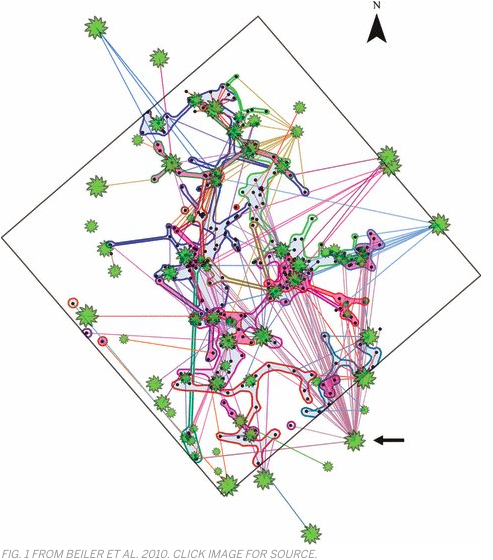
It is so amazing to see in a picture this micelial net from this specific research on Douglas-fir and with a false truffle, Rhizopogon, and how a single old tree can be connected with 47 other trees.
Finally as the author speculate about a new research about this Wood-Wide Web, “it’s also possible the fungus played the more calculated role of a broker with its own interests in mind and “acted to protect its net carbon source,” in the words of the authors, “by allocating carbon and signals to the healthy, more reliable tree.” I would say yes to this statement, we nowadays think that mycorrhizal fungi and truffles plays with their host trees in a selfish way.
Cheers,
Marcos S. Morcillo

























